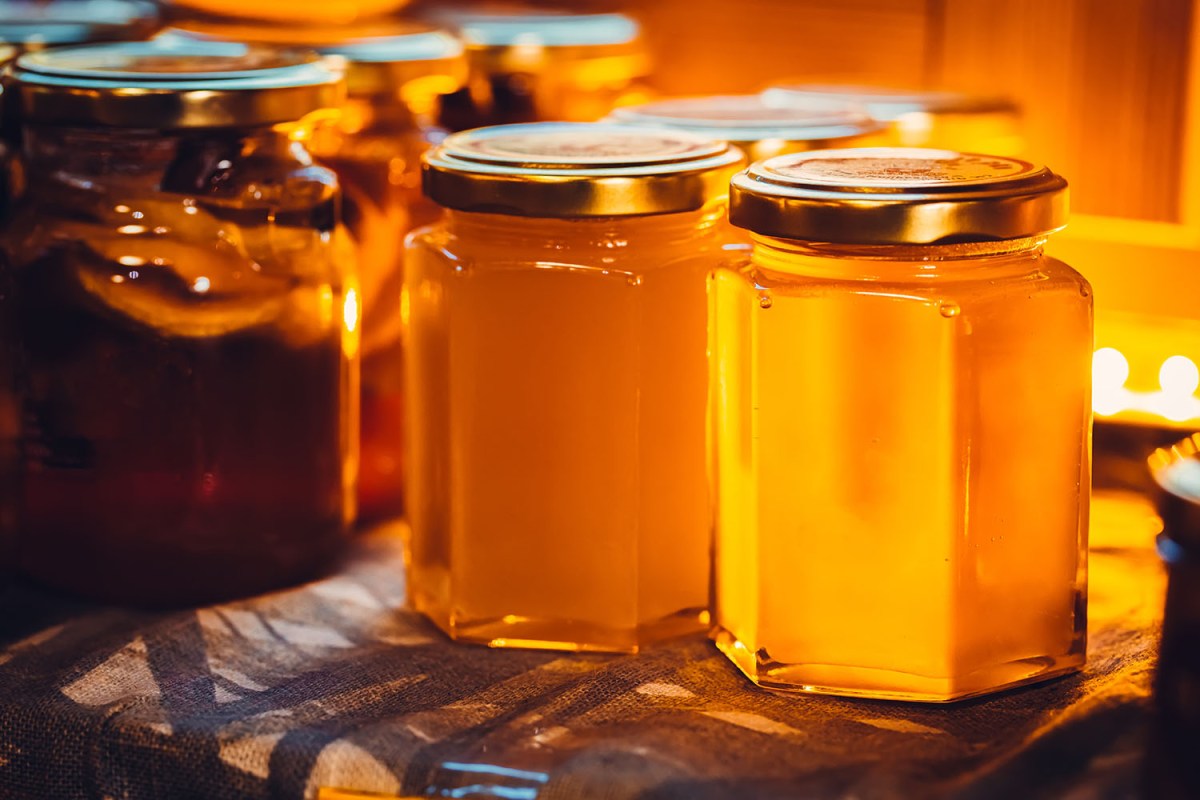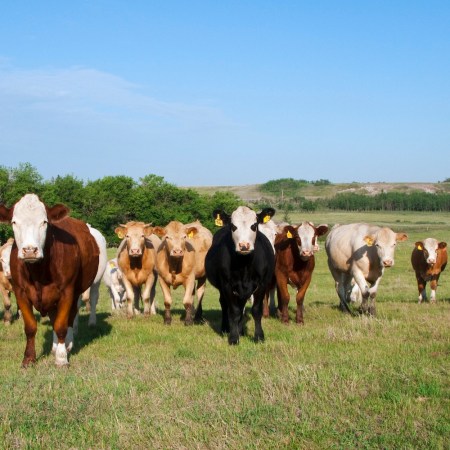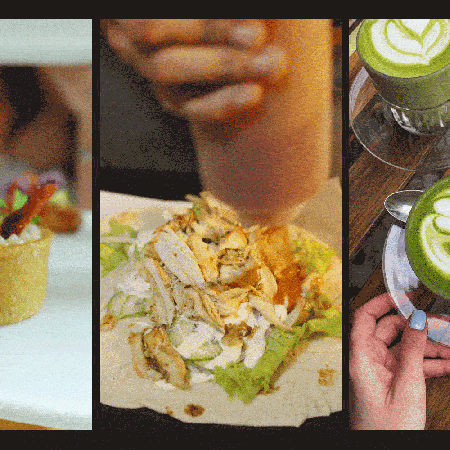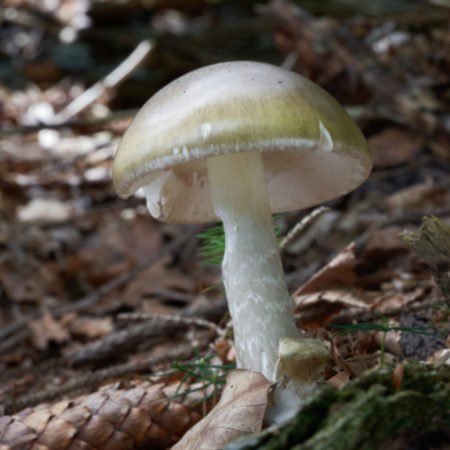When is honey not actually honey? This is not a riddle; instead, it’s a conundrum that many consumers face today, whether or not they’re aware of it. At the center of this issue, as described by Shayla Love at Vice, are two competing events.
The first is a global decline in the population of bees — something that’s been taking place over the last few years, to a worrying extent. The other is the growing popularity of honey as a health remedy for a large number of ailments and conditions. You might think that increased demand for something with a dwindling supply would lead to higher prices — but that’s not the case at all.
As Love writes, the demand for honey has led some companies to use a process to make an existing supply last longer.
Honey imported from overseas is often adulterated — either by having sugars added to it or by being cleaned, heated, or filtered — and then is blended with small amounts of true honey until the sticky substance is uniform.
This is an issue for two reasons. First, as Love writes, this practice is deceptive: the nominally high-end honey consumers are purchasing might actually be “nothing more than a mix of different sugars.” And because this is cheaper to produce, it’s also causing problems for beekeepers. Specifically, they’re no longer able to make a profit from sales of their products.
Love notes that lawsuits have brought the issue of adulteration into the spotlight — something which might provide some measure of relief for beekeepers and honey buyers alike.
Subscribe here for our free daily newsletter.
Every Thursday, our resident experts see to it that you’re up to date on the latest from the world of drinks. Trend reports, bottle reviews, cocktail recipes and more. Sign up for THE SPILL now.


















